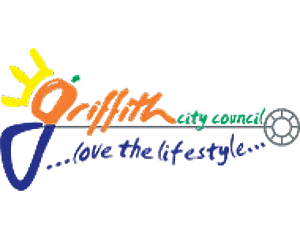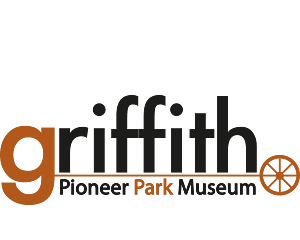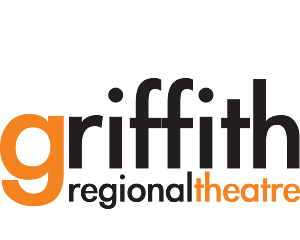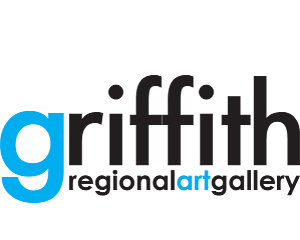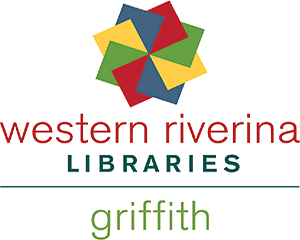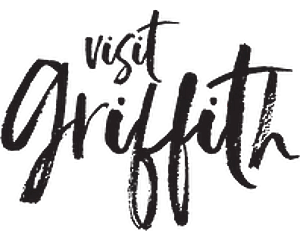Lake Wyangan Catchment
Lake Wyangan is located 6km north of Griffith. The word Wyangan is an Aboriginal word meaning "turn back home".
The Lake Wyangan Catchment lies within the Murrumbidgee (big water) Irrigation Areas and is bounded on three sides by the McPherson Range, forming a basin which drains towards the Lake.
Lake Wyangan consists of North and South Lakes which are surrounded by complex of wetlands, namely Tharbogang, Campbells and Nericon.
The Lake is considered a manmade Lake in an existing swampy depression. The North and South Lake Wyangan is best considered as two water bodies divided by a public road (Jones Road) that crosses water regulator pipes that gives the option to connect the two Lakes.
Lake Wyangan is an endorheic basin, also called a closed or terminal basin. This means that the Lake normally receives and retains water from upstream and surrounding catchment but has no natural outlet to allow outflow to creeks or rivers.
Historical satelite imagery 1988 - 2022 (below):
Satelite images from 1988 shows the Lake colour has been green and it turned to a darker green in recent years.


History
This section provides information on the beginnings and use of the respective areas dating back to the early 1920s. Of interest is that the area was originally known as "Lake View".
North Lake was formed in 1957 on a swampy area with a gypsum mine in one corner. It was referred to as "Doolitty Swamp", as mentioned in historical advertisements for Tenders to supply gypsum from the mine.
The Daily Telegraph of 17 March 1924 indicated that gypsum being supplied from Victoria was costly, and subsequently, the Geological Department inspected 'Doolitty Swamp' where extensive Gypsum deposits had been found.
The purpose of the mine was to supply gypsum, containing not less than 60 per cent, calcium sulphate from the deposits to the settlers on the Murrumbidgee Irrigation Area, delivered in bags on trucks at Goolgowi Siding.

The 'The View Back – A History of Lake Wyangan' makes significant reference to the operations of the Gypsum Mine and its workings, particularly during the 1930s. The mine closed in 1950.
North Lake was primarily supplied through drainage water from nearby farms with the balance of the Lake's supply from runoff following heavy rains. Excess water was pumped out at its southern end to maintain a safe depth for aquatic sports.
Sailing at North Lake commenced in 1958; however, the Sailing Club was officially formed in 1961, with a Club House erected in 1962. The Boat Club that had originated in 1954 on the South Lake moved to the North Lake in 1962. Currently, North Lake has an area of 210 hectares, which gives public access through the Picnic area, Recreational Park, Campsite, and Boat and Sailing Clubs, all placed on the Lake's western side.

During the early 1920s, the southern lake contained very little water and was used as one of the main recreation spots in the district. Following a meeting in 1923, a Sports Club was formed, following which a Golf Course was constructed together with tennis courts. Further land clearing resulted in the creation of both a cricket and football ground. This area was also the location for the annual picnic and sports days of Lake View and Tharbogang Schools.
In 1924 it was noted that following a game at the Lake View Golf links, "there were hundreds of wild fowl on the lake, and a few pelicans, while around the basin there were plover, galahs and various other species of birds.
During the 1930s, Jim Bugno and Joe Kelly recalled a fish kill of hundreds of fish. The cause was not known, but 50lb cod came to the surface and covered the shores all around. There have been further fish kills in the 1970s along with the most recent in 2020.

The Golf Club folded in about 1956 when drainage water from nearby farm tile drainage systems filled the Lake, flooding the fairways. The Clubhouse burnt down in about 1962 while it was being used as a fibreglass factory. In 1989, the Department of Lands prepared a Land Assessment of the Jack Carson Wildlife Reserve together with Campbell's, Nericon and Tharbogang Swamps (now known as Wetlands).
Jack Carson Wildlife Reserve was notified as Reserve 159017 in 1994 in accordance with the Crown Lands Act 1989 for the purpose of Study and Conservation of Native Flora and Fauna. Currently, South Lake gives minimal opportunities for public access. South Lake used to be owned and managed by Murrumbidgee Irrigation, and recently Griffith City Council attained the authority to manage this Lake.
References:
Dunlop, J., McGregor, G., & Horrigan, N. (2005). Potential impacts of salinity and turbidity in riverine ecosystems. National Action Plan for Salinity and Water Quality. State of Queenslands.
Schuler, M. S., Cañedo-Argüelles, M., Hintz, W. D., Dyack, B., Birk, S., & Relyea, R. A. (2019). Regulations are needed to protect freshwater ecosystems from salinization. Philosophical Transactions of the Royal Society B, 374(1764), 20180019.
Krause, C., Dunn, B., Bishop-Taylor, R., Adams, C., Burton, C., Alger, M., Chua, S., Phillips, C., Newey, V., Kouzoubov, K., Leith, A., Ayers, D., Hicks, A., DEA Notebooks contributors 2021. Digital Earth Australia notebooks and tools repository. Geoscience Australia, Canberra. https://doi.org/10.26186/145234
Baldwin DS, (2020) Sediment quality in Lake Wyangan and the implications for the on-going management of the lake. A report prepared for Griffith City Council. 15 pp.

